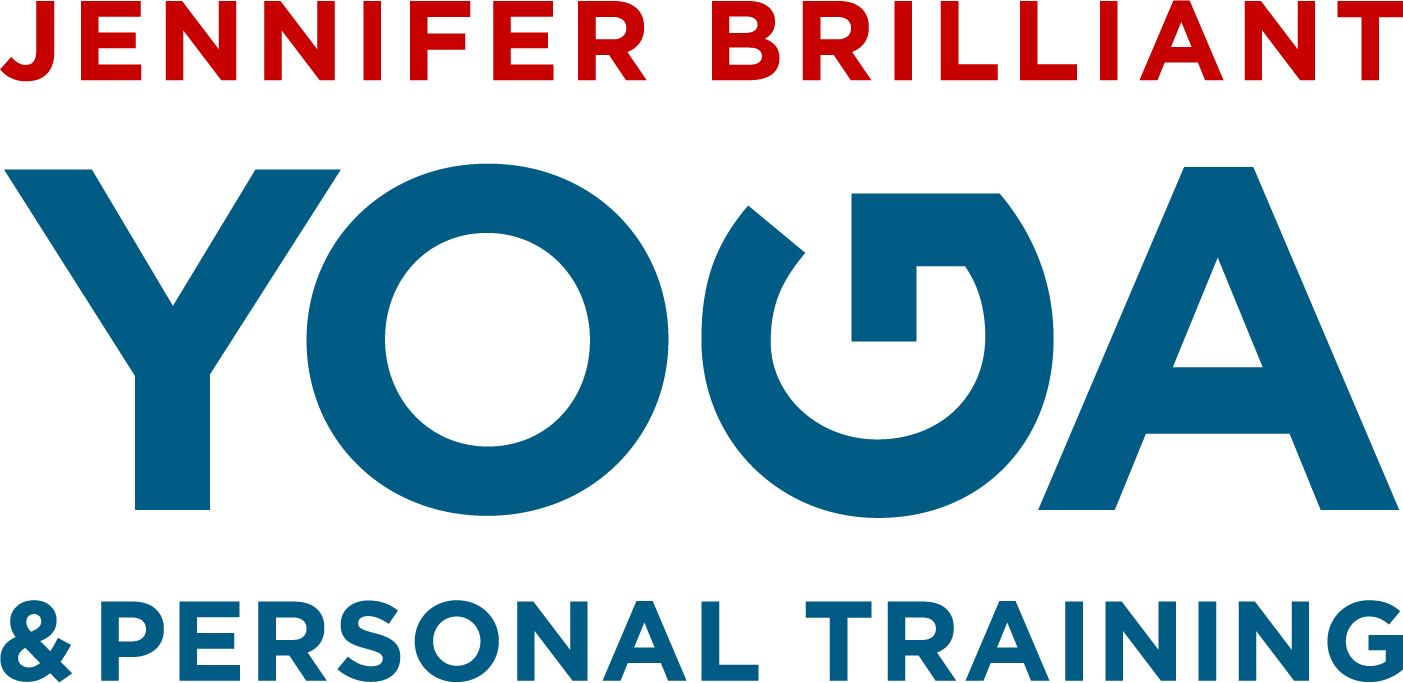May 21, 2012
I had a student who came to my class regularly for a while. During that time, I felt that Down Dog was not really an appropriate pose for him. I suggested that he do Down Dog at the wall. I also spent time making suggestions for his home practice to open his shoulders. Still he participated in the class doing Down Dog, even though it made me uncomfortable. I could not figure out a way to skillfully tell him that he should leave out this pose. This past week, I was grateful to see a video by Jill Miller outlining specific alignment requirements for doing Down Dog safely. It’s so clear and made so much sense to me. Now I have the language to explain why a student should avoid doing Down Dog. Check it out:
What the teachers say about making suggestions/modifications that students don’t want to hear:
-“If the students don’t like it, they can go to another class. Not all poses are for everyone. If I feel that someone is going to injure themselves, I tell them.”
-“I explain that they should not worry about doing that “right now”. I counsel them after class.”
-“From a therapy perspective, the idea is to find the internal motivation for why people continue to do the thing(s) that hurt them. I would give the pros & cons. Some of the reasons people would want to do a pose that isn’t appropriate for them:
it makes them feel strong.
it makes them feel part of the class.”
-“I suggest ways to work safely to modify the pose. How can you really teach 5 or 25 people effectively??”
-“It is challenging to address this in a group. I try to plant the seeds of what to look out for to the whole group. This puts the ball in their court.”
-
Prone
Head turned to one side, breathe. Change direction of head.
Back Extensions: Forehead touches floor, fingertips behind head, lift shoulder blades, upper arm bones, collar bones, elbows and wrists. Lower. 10X
Sphinx: Walk elbows to right.
Lateral stretch: stretch out left arm, place left side of face on floor, lower right shoulder. Bring elbows back under shoulders for Sphinx. Walk back. Rep. to left side.
Prone Twist: bend right knee, reach right foot across body to floor outside of left leg. Return center. Rep. right 2nd side.
-
Child’s Pose
Back of hands rest one on top of the other on sacrum. Rep. Upper Back extensions – lift shoulder blades, upper arm bones, collar bones, elbow and wrists. Then lower. 10X.
-
All Fours
Modified Tricep Push Up:I have always loved this exercise. 10 of these and you will feel your triceps.
1. Lower elbows to floor without shifting hips back, elbows are directly underneath shoulders.
2. Shift weight forward and down, face moving to space between hands on the mat.
3. Shift back, shoulders on top of elbows again.
4. Straighten arms.
-
Down Dog
We took a good long look at Down Dog to determine where ‘back’ is since we were attempting to move our shoulder blades, upper arms bones, collar bones, elbows and wrists in that direction. Then thought up some reasons why this might be a good direction:
It might open the chest.
It could give a could structure to the back musculature and a safer placement for the shoulder joint.
The weight of the body could shift more to the fingertips, which helps balancing away from the wall in handstand.
-
Pilates Legs:
Begin leaning back on elbows, forearms planted parallel with palms flat, knees bent, feet flat. Draw both knees together into chest, balancing on the center of sacrum with abdominal muscles drawn inward, point toes.
1. Extend legs to about 45 degrees, or less, depending on the ability to control abdominals. Avoid arching the spine.
2. Externally rotate legs.
3. Bend knees while maintaining external rotation – knees open while toes stay together.
4. Draw knees together. Rep 4X.
Reverse direction, starting with 3, 2, 1 then back to 4.
-
Surya Namaskar
Arms overhead, crossed palms pressing
Side Bend
Step Backs with Modified Tricep Push Up instead of KCC (= Knees, Chest, Chin), back to all Fours instead of BC (= Baby Cobra).
Round 2: Down Dog Split, one knee down for KCC, back to all 3’s to Down Dog split, lunge.
-
Standing Poses
Vira 1
Goddess Pose
Vira 2
Trikonasana
Tadasana with Gomukhasana Arms
Natarajasana at wall.
-
Back Home On The Mat
Dhanurasana with Strap
Supta Padanaustasana Variation
Savasana

Hey! This Down Dog assessment is very interesting. It puzzles me too though because it means that correct alignment in the upper body weight bearing poses is all about full range of motion in the elbow joint, rather than the shoulder. I’m not sure supinated dolphin would move your toward a greater range of motion in elbow joint, so how WOULD you help a student improve that capacity?